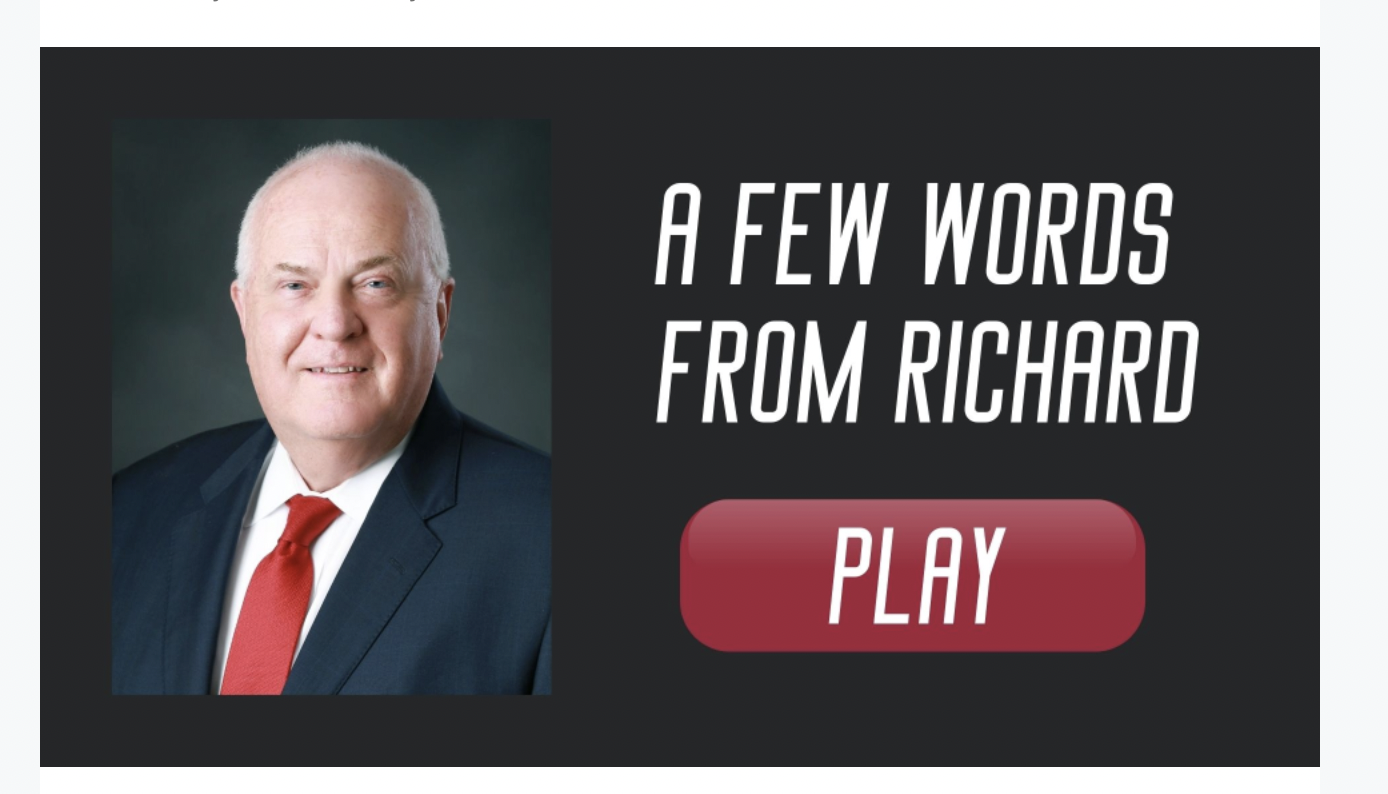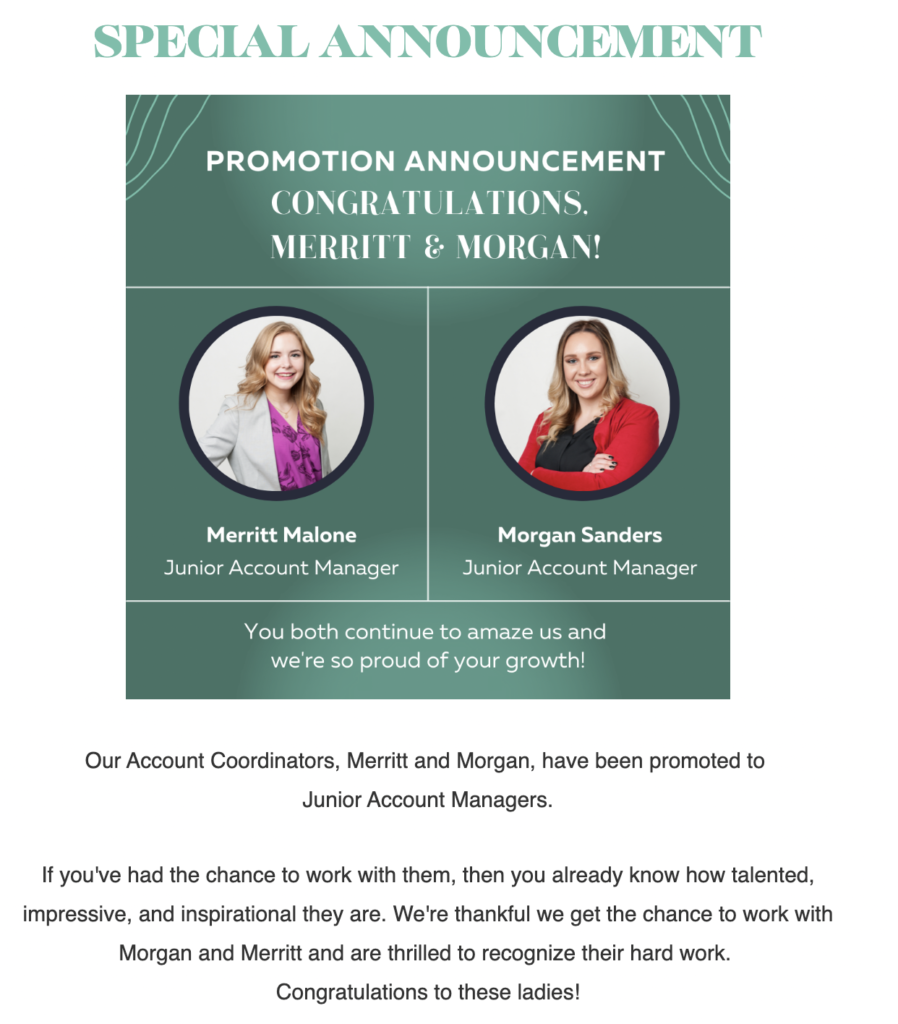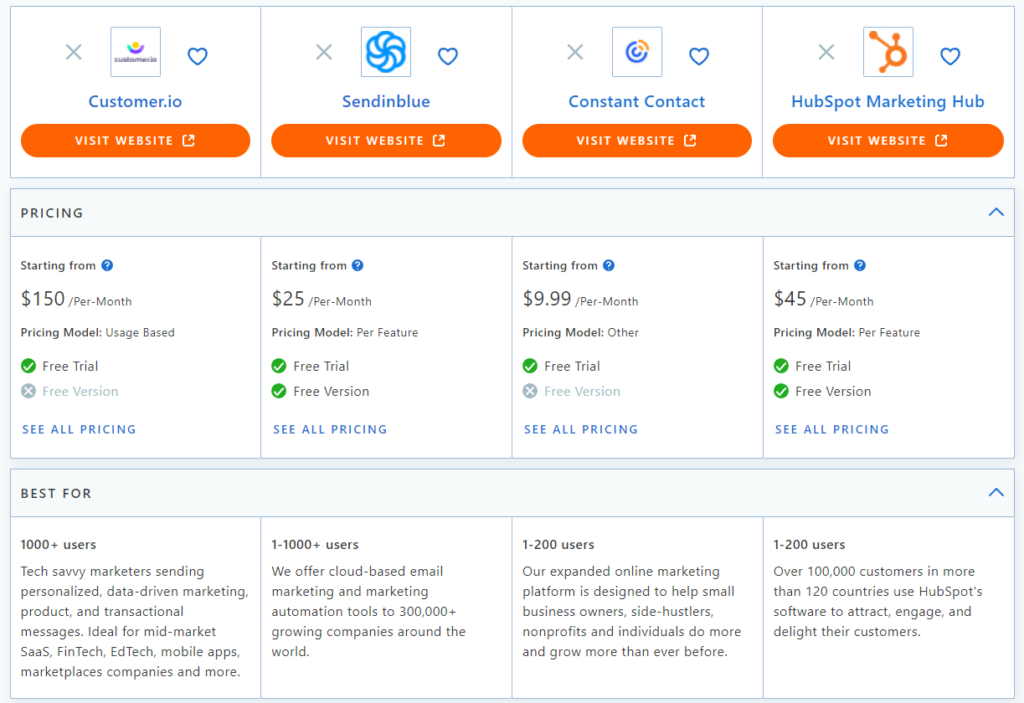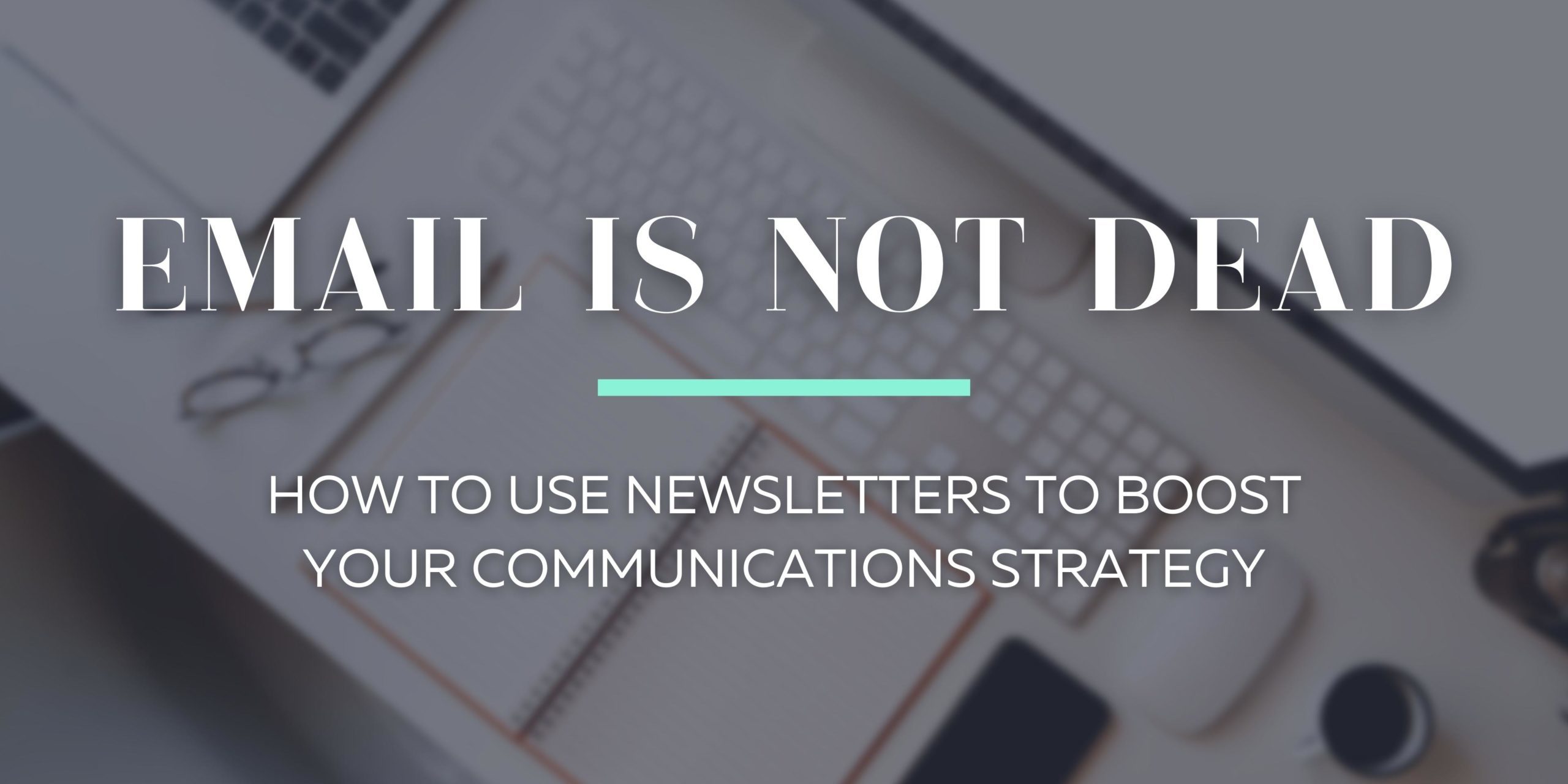If you have an email account, we can guarantee that you check it at least once a day. Whether it be your personal or business email, you get updates on information you find most useful and important to you right in your inbox. As a result, newsletters are an important part of any communication strategy for a business. In fact, they’re a cost-effective way to engage your employees, build on a captivated target audience, and increase awareness of your company’s products or services. The question is- how should your business use a newsletter? Before you start, it’s important to understand the difference between an internal and external newsletter.
Internal Newsletter
Newsletters are an important area of focus for any company’s internal communications plan. Internal newsletters inform your employees about upcoming events or company news, allowing employees, remote or in-office, to stay connected. One of the biggest growing pains experienced by companies is the challenge to maintain clear communication throughout the whole team. In order to save time and effort, it’s important to invest time in a solution where employees, regardless of their position, feel included in company announcements and decisions. Engaged employees are more productive and contribute to your business’ growth. No matter the size of your business, from five employees to 5,000 employees, the goal of your internal newsletter should always be to stay connected with your employees.
When building an internal newsletter, it’s important to build an outline that is easy to maintain both in information and in schedule consistency. Our team has found that monthly newsletters have proven to be a manageable cadence and are a great way to round up the month’s activities. Here are a couple of ideas of topics you can include in your internal newsletter to streamline communication.
Topics to Include in Your Internal Newsletter

- President/CEO Statement – An introductory statement from the President/CEO of the company where he/she relays any important company information is an effective way to maintain horizontal communication. This can be in the form of a video or a short paragraph. The goal is to consistently keep the team informed on what’s new and what’s coming down the pipeline.
- Surveys – Surveys are a great way to solicit feedback from your employees. You get the opportunity to ask them questions regarding the company and they can answer anonymously. Questions can range from how they feel about a certain benefit, recent changes, or simply asking when they want the next company event to happen.
- Important Reminders/Events – Newsletters provide you with the opportunity to remind your employees of upcoming events and key reminders for the month. That way, no one misses an event unintentionally.
- Employee News/Spotlight – Has an employee received an outstanding review from a client? Looking to spotlight birthdays or new hires for the month? Adding an Employee Spotlight section demonstrates that you recognize the hard work and personal well-being of your employees.
- Job Postings – Your greatest recruiters are your employees. Including information about relevant job opportunities will allow them to pass along this information to their network and identify potential talent to join the team.
External Newsletter
External newsletters are newsletters sent out on behalf of your company to your target audience, key stakeholders, or the community in general. Oftentimes, there will be information that is included in your internal newsletter that may carry over to your external newsletter. Although similar content can be carried over, it’s important to know who will be reading your newsletters. This ensures that you create an informative and engaging email. Keep in mind that with external newsletters, you’re speaking to an audience that had opted into continuing their relationship with you. This means they’re interested in your products, services, and/or company culture. Finding out what best fits your audience’s interests is what’ll set you apart from your competition.
Building an impactful external newsletter will determine whether or not your newsletter is opened or sent to spam. The goal is to build a platform that delivers value to your audience. Whether it’s industry updates or upcoming promotions, make sure you’re creating your newsletter with intention. Additionally, it’s just as important to maintain a consistent cadence in external newsletters as it is for internal ones. Choose a schedule that is manageable for your team without cluttering your readers’ inbox.
Topics to Include in Your External Newsletter

- FAQs – Transparency is key to speaking to the right consumer for your business. Has your team recently changed policies? Looking for feedback about the type of content that resonates most with your target audience? A short FAQ section provides you with the opportunity to answer the questions your audience is already asking. This is a great way to ensure your audience understands the most important facts about your business before potentially engaging with you. Giving people the opportunity to decide whether or not they’d like to work with you gives you the opportunity to engage with an audience that is already ready to be your customer.
- Special Announcements: Are you a government contracting company that just won an award? Maybe you’re a real estate company that just closed on high-value property. Regardless of your industry, external newsletters provide a platform for you to update subscribers on your most recent achievements. This lets your audience know that your organization is continuing to grow successfully and that you’re a reliable organization within the market.
- Industry News – A great way to validate your team’s subject matter expertise is by including relevant industry news. As a business, you’re always ahead of the changes or external factors that can affect your organization. Providing this insightful information tells your audience that your company is an expert within your specific industry.
- Services/Product Highlights – Is your business offering classes or a new product? Newsletters give you an opportunity to include highlights, promo codes, or discounts to incentivize your audience to take advantage sooner than later. This provides value to readers who are already interested in your services, products, or capabilities.
- Community Highlights – People connect with people. Depending on your business, including local highlights of events, initiatives, or fun activities demonstrates that your company is embedded in the community. Some organizations may be heavily involved in fundraising efforts in the community whereas others may commit to quarterly volunteering events. Either way, it’s advantageous to talk about your organization’s community efforts because your audience appreciates learning more about the company values of an organization they choose to support.
Newsletter Best Practices
Now that you have a better understanding of the purpose behind external newsletters and internal newsletters, you must be wondering – where do I start? We’ve got you covered! As you begin building your newsletter, here are a few best practices to ensure that you can create an engaging, informative newsletter.
- Stick to Your Brand Guide – It’s important for a business of any size to be consistent with branding. Sticking to specific fonts, colors, or logos will help you further establish your brand identity. Make sure you incorporate your brand guidelines into your email so your readers can associate your brand with your newsletter.
- Use Imagery – No one wants to read a text-heavy email! Make sure to use images or videos to enhance and increase your engagement.
- Build a Schedule – Establish a cadence of when you want to send out your newsletter. Is it monthly, bi-weekly, or every week? Also, be aware that the time of day that you choose to send out your newsletter impacts its performance. Try to aim between 9 a.m. – 2 p.m. as most people often check their email during this time!
- Find Email Platform that Works for You– Depending on your industry, number of employees, and readers, one email platform may work better for you than others. Remember, it’s not about what platform is the most affordable or has the most features, it’s about which platform fits your specific needs and goals. We recommend taking the time to review your options to determine which email marketing platform is right for you.
Exploring Email Marketing Platforms
Constant Contact: Constant Contact has been widely used by multiple industries and has been a long-standing player in the email marketing industry for quite some time. Starting at $9.99 a month, this platform is functional and is a great option for platform small business owners, side-hustlers, nonprofits, and individuals that are looking to grow their businesses.

Hubspot: Starting at $45.99 a month, Hubspot has maintained a great reputation with marketing agencies. If your goals are to analyze measurable results and use the data to create an effective email marketing strategy based on those results, then Hubspot may be a good fit for you.
Sendinblue: This email marketing platform prides itself on empowering small businesses to grow. If you have between 1-1,000 subscribers, this platform may be what you’re looking for. Starting at $25 a month, Sendinblue has started to emerge as an industry favorite with its functionality and capabilities. If you’re a small business capitalizing on the eCommerce industry, this platform is worth considering.
Customer.io: Starting at $150 a month, this platform is best for companies such as mid-market SaaS, FinTech, EdTech, mobile apps, and more. Customer.io can combine emails, text messages, and push notifications to your customers while automating the manual work that’s keeping your team from meeting their goals.
When it comes to finding out which method works best for your business – it’s not a one size fits all answer. The type of business you have, your target audience, and the type of content included in your newsletters have the ability to positively impact your organization. To determine whether your organization should start with an internal newsletter, an external newsletter, or both, you must address your immediate and long-term goals. After you’ve decided which newsletter fits your needs, build your newsletter outline and begin plugging in your information. For questions regarding communication tactics, contact the Flourish team!

